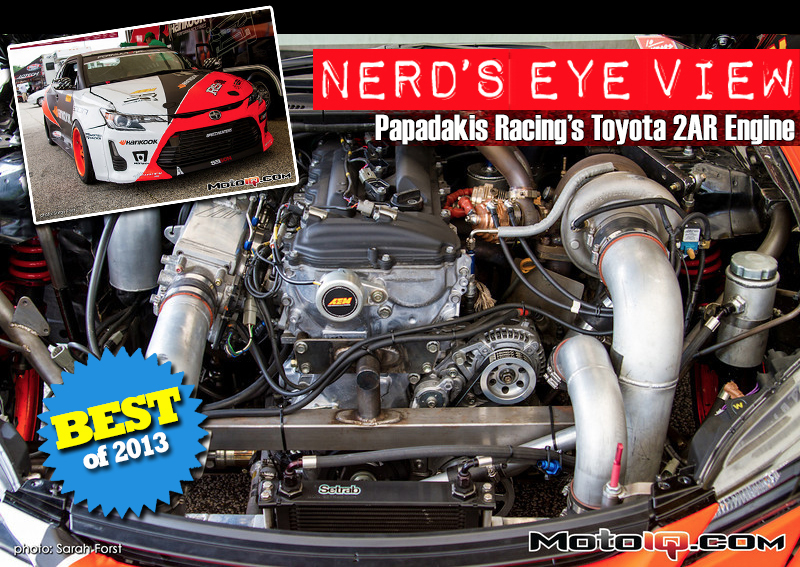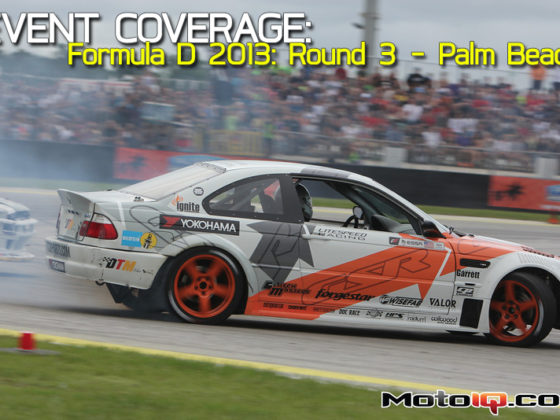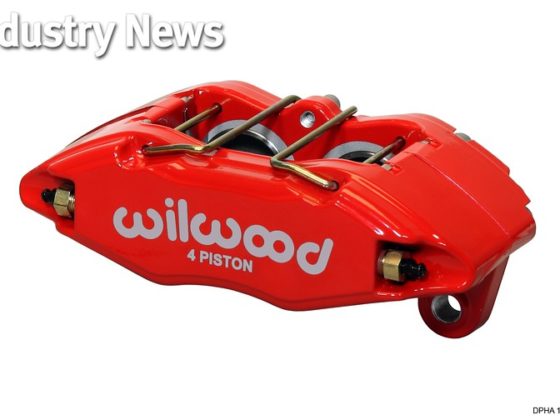,
 |
| The rod bearings are 2.00″ ACL race bearings for a dometic V8 application and are coated with an anti friction coating by Calico. The stock Toyota bearings are tangless but the Honda bearings have tangs to resist spinning so the Carrillo rods must be modified to accommodate the tangs. |
 |
| The smaller diameter rod bearings work. These used bearings have a whole Formula D season on them and they look new! It's safe to say that this engine doesn't have oiling issues. The rod bearings are run with fairly tight 0.015″ clearances which helps control windage. |
 |
| The stock Toyota main bearings are used. These mains have seen a whole season of competition running and look perfect. Steff Papadakis credits the Torco 5W-40 SR-5 race oil for much of the bearings condition. The mains are run at 0.0008 to 0.001″ clearance. This sounds tight but it's a typical clearance for modern Japanese alloy block engines. |
 |
| JE forged piston are used with a 10.5:1 compression ratio. The piston pin is run up into the oil ring groove due to the long connecting rod. A support rail for the oil ring must be run so the oil ring groove is pretty wide to accommodate it. A pressure equalization groove is found in between the piston rings. The piston is made from tough low silicon 2618 alloy which means a little wider piston to wall clearances must be used due to expansion. These clearances could result in a piston that is noisy on the street or when cold which doesn't really matter in a race engine. |
 |
| If you remember the cylinder head you probably noticed the open combustion chamber with no quench area. This is because the quench is built into the piston dome. Look how deep the valve pockets must be for the high lift cams. The exhaust pockets are particularly deep due to the problems the team had with exhaust valve contact. |
 |
| The piston is rather unremarkable, No super trick slipper skirts or strut type bodies are used here. This is for a reason. With high RPM, high boost use and a long stroke, the piston sees a lot of side load and the team wanted a full skirt piston to deal with the stress. |




1 comment
Will they be willing to build the rockers and put them up for sale?